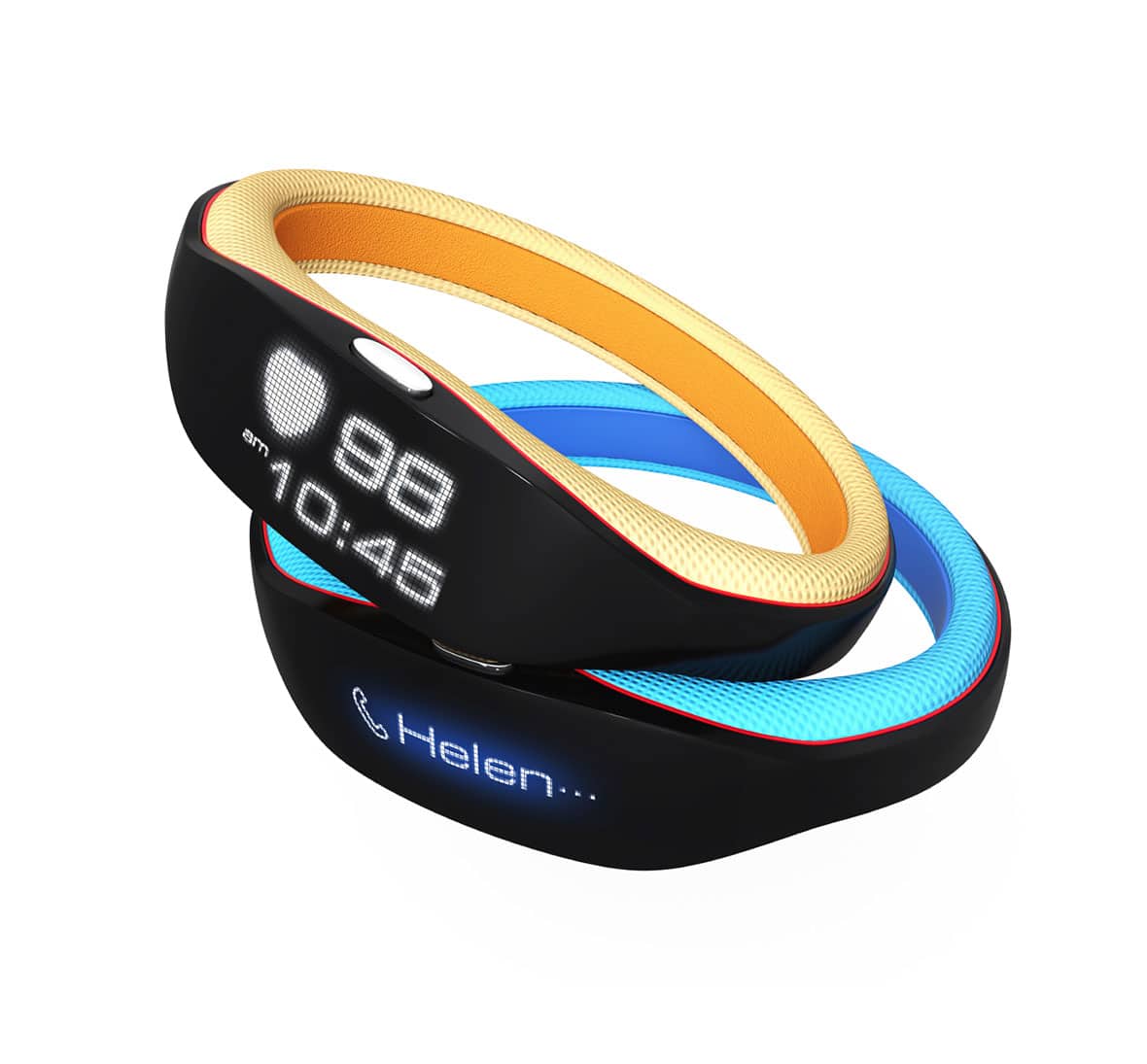Article summary

It seems the next trend in technology has arrived, wearable devices. Today, wearable devices such as Jawbone UP and FitBit allow us to track our daily lives. We can measure steps taken, activities accomplished, even our sleep efficiency. Smart watches allow us to answer phone calls from our wrists. These are just a couple examples of the big things happening in the wearable technology space, but we are not even close to the limits of what can be accomplished.
Today
Although the wearable market is relatively young, it has already seen large advancements. No longer is a wearable fitness simply a pedometer. It can now detect activities, measure and analyze your sleep, and track calorie burn. Watches no longer just tell time; they answer phone calls and send text messages. It isn’t surprising that in an immature market, the majority of devices solve problems like fitness tracking or the like. These were areas where wearable technology seem necessary to accurately gather and analyze that type of data. But it is interesting to think about what other applications wearable technology may have in the near future.
Tomorrow
Wearable technology today faces two main hurdles, limited applications and fashion. However, soon wearable technology will break out of the fitness space and into others.
Another application of wearable technology I learned about at SXSW in March was the Navigate Jacket from Wearable Experiments. The prototype is equipped with vibrating devices in both shoulders that vibrate to tell the user to turn left or right. The idea is that you can use the jacket instead of your phone for turn-by-turn navigation (so you don’t wander into traffic) when walking around an unfamiliar city.
However, it is easy to think of a number of other applications for such a device. For instance, the technology could be implanted into cycling wear. Then a cyclist could map an entire route and simply follow vibrations to get to their destination.
Fashion is the other main hurdle facing wearable technology at this point. Wearable tech today is bulky and it is visible. When you buy a wristband or a smart watch, you are stuck with its color and form factor indefinitely. The first step to solving this problem might be to make the watches and bands more modular and easy to disassemble. This would open up a new market of watch skins that could range from casual to dressy. Or they could take the approach of the Navigate Jacket and hide the wearable all together by placing it into clothing.
The Future
One of the big buzzwords at SXSW was the idea of implantables, trackers that are implanted into the skin. It may seem weird, but implantables would allow for much more accurate data on any number of things from blood sugar to cholesterol levels. If these implantables could integrate directly with health care systems, your doctor would have up to the minute information on your health. An implantable could even recognize the symptoms of a heart attack and automatically alert emergency responders.
Obviously wearable technology and the data it generates come with benefits and hurdles. Issues arise with data control, data sharing, and privacy. But putting all of that aside, I am excited to see what interesting problems wearable technology can solve and how it can improve day-to-day life.
